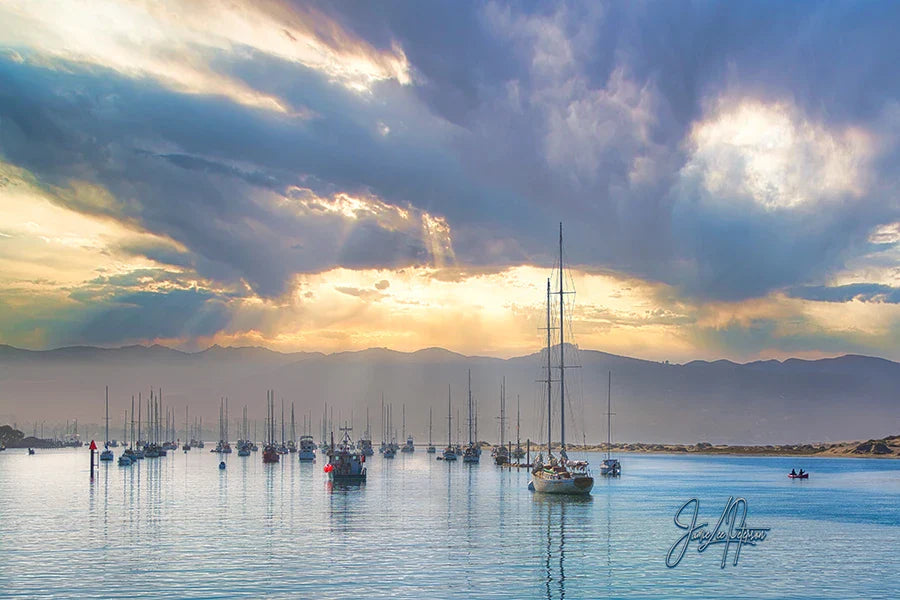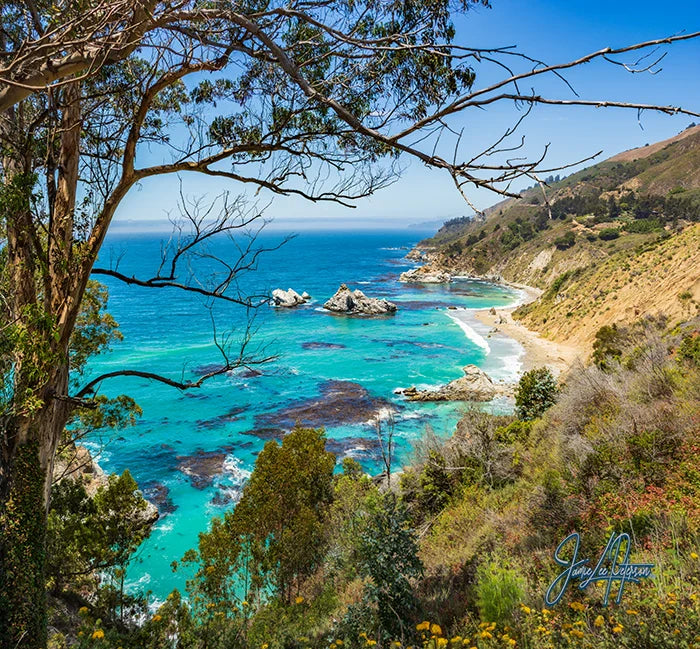The Giant Sequoia: A Portrait of Survival

The Giant Sequoia
The Giant Sequoia is the largest tree on earth that can live up to 3,000 years old. They are only found in some regions of the world because they need specific climate types and soil.
When you see a Sequoia for the first time, there is no doubt of what tree you're looking at. The bark is reddish-brown in color, is soft, and forms into what looks like long vertical plates.
Aside from creating oxygen for life to be sustainable on planet Earth and providing animals food and shelter, trees simply want to survive long enough to drop their seeds.
In the United States, the Giant Sequoia only grows on a 260-mile strip of the Sierra Mountains between an elevation of 5,000 and 7,000 feet. The soil they require needs to be continuously moist but also well drained. They also need plenty of sunlight. This makes it difficult for smaller trees to thrive in thicker forests.
The Sequoia only drops its cones annually. A large, older tree can drop millions of seedlings, but younger ones typically only produce far less. This makes chances for an individual Sequoia to grow into an old tree less than one in a billion. The chances of becoming a mature tree are slim. The surviving trees must contend with drought, wildfires, and human interruption.
There are no other trees or plants like the Sequoia anywhere else on the planet and nothing more resilient.
A tree will drop its cones and release its seeds. If the conditions are right, a new tree germinates. If the seedling isn't stepped on by other creatures, doesn't have to compete too much for space with other trees, and gets enough light and water, it will grow. Sequoias only grow about two feet in height per year for their first 50 to 100 years of age. Under the best conditions, their growth rings can be up to a half-inch thick as a young tree. This means their diameter can increase by this much each year!
Wildfires can devastate any typical forest. Younger Sequoias might be just as susceptible to such devastation. However, the bark of an adult Sequoia can be up to two feet thick, helping prevent fire damage.
After a fire, the surrounding forest is gone, and only the strongest of the Sequoias remain. The remaining tall, strong tree, now with a burn scar, will survive!
What seems like total devastation will create new growth opportunities. Although current humans may not be around to see it in our lifetimes, new seedlings can sprout and have more room to grow.



Leave a comment
This site is protected by hCaptcha and the hCaptcha Privacy Policy and Terms of Service apply.